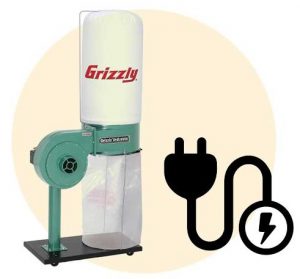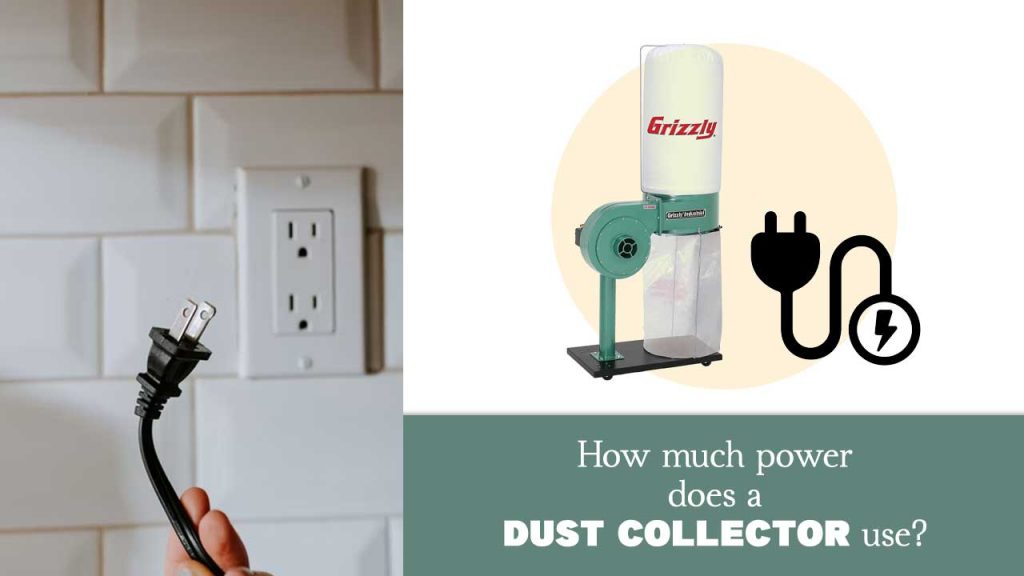Working in a factory or manufacturing outfit can be quite tough, especially with all the dust and contaminants floating in the air. If not properly handled, this can cause so much harm to humans working in and around the building.
This is why a dust collector is an important component in a factory setting or even in apartments where particulate pollution is a major problem.
A dust collector helps to collect harmful contaminants and nuisance in any confined environment. It does this by filtering particles from the air, collecting and disposing them, and then returning cleaner, fresher air back into the area.
The performance of the dust collector is largely dependent on its sizing. If you deploy an improperly-sized dust collection system in a room or factory, it is unlikely to effectively remove particulates and this can cause harm to everyone in the environment.
Apart from contaminating the air that employees or residents breathe, accumulation of dust may also result in clogging of your vital factory machinery, alter the production process, and even increase maintenance costs. The factors you need to consider are power, CFM, amps, and so on.
How Many CFM Does a Dust Collector Need?
To arrive at the correct CFM value that you need, you need to multiply the FPM (feet per minute) of air velocity by the hood’s square footage. We can have an FPM of approximately 160, for instance. Then the hood’s square footage could be 18″.
Therefore; 180 fpm x 18″ = 3,240 CFM
There are other ways to calculate this, and one of the most common methods is by multiplying the air change rate (ACH) by the flow rate, or you can use the highest-rated appliance, tool or equipment in the room as the rating for the dust collector.
Multiplying the value of the rectangle by 28 at 4,000 FPM is another good way to arrive at your required CFM.
Using this knowledge, it’s also possible to infer based on available indices. A 1 sq ft ACH and 5-pound-per-hour rate will do well with a 60 CFM dust collector or slightly higher.
Also, a general rule of thumb is that most residential dust collectors have a pound-per-hour rate of between 3 and 6, while air change per hour ranges between 0.5 and 1.25 sq ft, on average.
Of course, it is way larger for industrial applications. Overall, on average, you’d need a dust collector of between 350 and 2,000 CFM for residences and small shops, and above 1,800 CFM up to 10,000 CFM and beyond for industrial uses.
The CFM is one of the most important considerations for installing a dust collection. You need to be sure it has the right volume and airflow capacity for the intended application.
Too low volume and airflow mean ineffective and inadequate dust filtration. On the other hand, too high airflow capacity would result in unnecessary energy costs and disrupted processes.
How Many Amps Does a Dust Collector Use?

A typical dust collector needs a 20-amp circuit or 30-amp circuit.
This means you should have a dedicated circuit of not less than 20 amps or around 30 amps for an average 120-volt dust collector.
If you’re going to run the unit along with another 120-volt tool or equipment (such as a planer or table saw), then you’d have to use two separate 30-amp circuits for them both.
Overall, to determine amperage, you need to divide the volts required by the wattage. For example, if you require 2,600 volts for a 130-watt unit, it means the required amperage is 20 amps.
Truth is, a 120-volt dust collector may only require about 12 amps to run, but it will require slightly more than that during start-up; the unit will trip even a 15-amp breaker.
You need to properly wire the area that needs a dust collector with the proper gauge, usually using a 14-gauge wire.
How Much Does It Cost to Run a Dust Collector?
This depends on the wattage of the unit. Overall, dust collectors have a wattage of between 1,500 to around 3,000 watts.
There are some other larger units with much larger wattage, but we’ll stick to this range as an average of the most common types.
Using the average cost of electricity in the US which is currently $0.13 per kW-hour, we can calculate the cost of running a 2,200-watt unit by using the formula.
2200 watts = 2.2kW
Therefore, 2.2 x 0.13 = $0.286
That means running a 2,200-watt dust collector will cost $0.286 per hour.
If you run it for 12 hours daily, that will amount to $3.432 daily, $102.96 monthly, and as much as $1,235.52 yearly. With this formula, you can calculate the running cost of any unit and know how much you need to be spending on your dust collector.
Final Words:
A dust collector uses a lot of power which is valid due to the amount of work it performs. We’ve also shown you how much CFM and amperage you should look out for when shopping for a unit, based on the size of the environment you need it for.
| Photo | Title | Buy |
|---|---|---|

|
LEVOIT Air Purifier for Home & Bedroom - For Allergies and Pets Hair | Check Price On Amazon |

|
BREEZOME 60 OZ Quiet Dehumidifiers for Home, Dual-Semiconductor | Check Price On Amazon |

|
AquaOasis™ Cool Mist Quiet Ultrasonic Humidifier for Bedroom & Large room | Check Price On Amazon |

|
43.3'' Portable Air Conditioners, 3-IN-1 Evaporative Air Cooler w/Remote | Check Price On Amazon |

|
BlueDri BD-AS-550-BL Negative Machine Airbourne Cleaner HEPA Air Scrubber | Check Price On Amazon |






